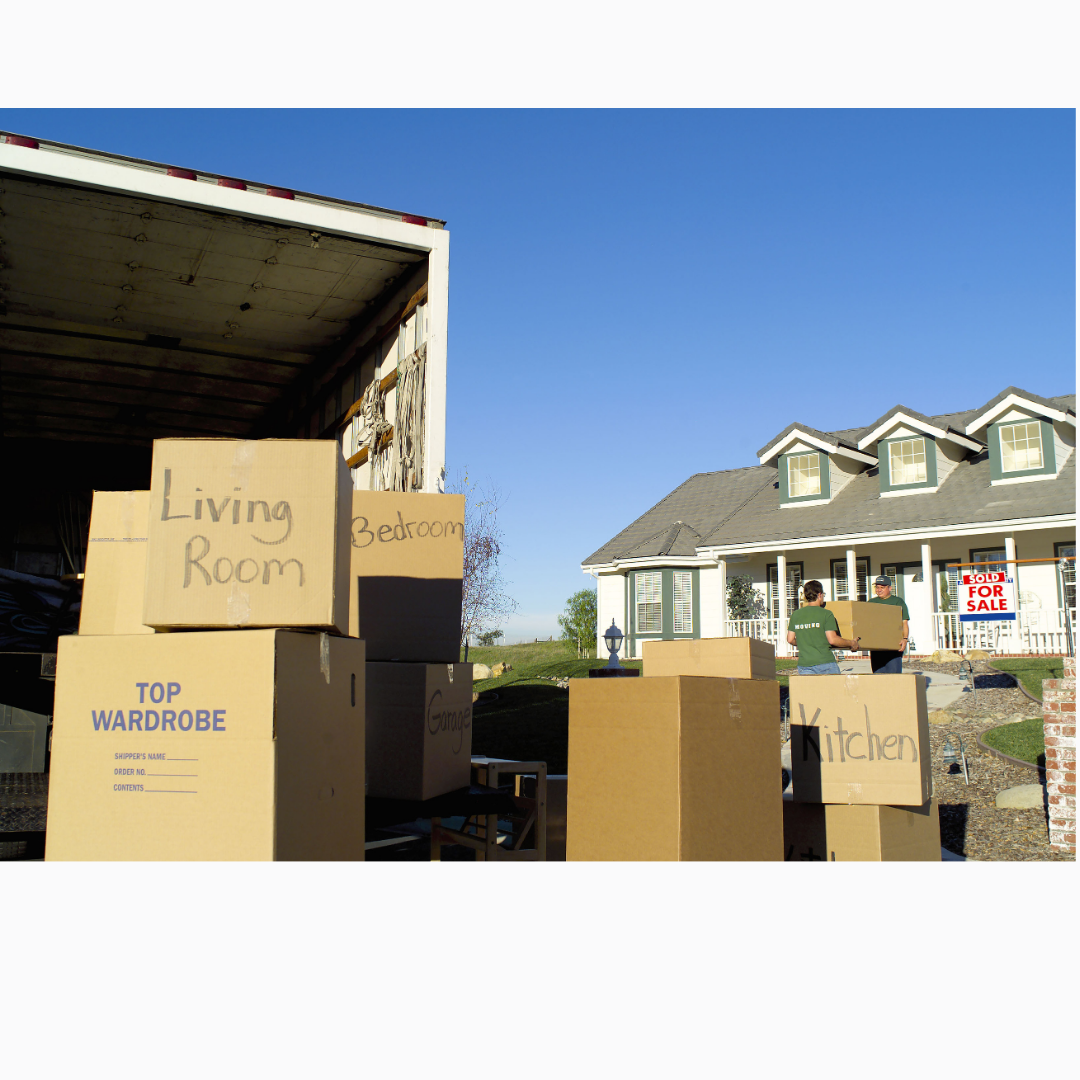Are you a homeowner who lives outside of Canada and is looking to sell your property in Alberta? You may feel overwhelmed or unsure about the necessary steps to take. However, selling a home in Alberta as a non-resident does not have to be a daunting experience. With proper planning and assistance, you can successfully sell your property and achieve your desired outcome. In this guide, we will cover everything you need to know about selling your house in Alberta as a non-resident.
As a non-resident, you may be subject to different rules and regulations compared to Canadian residents. It’s essential to determine your residency status for tax purposes. Consult with a tax professional to understand your obligations and any potential exemptions or tax implications.
Hire a Real Estate Agent:
The first step to selling your house in Alberta is to hire a licensed real estate agent who specializes in working with non-residents. Your agent should have experience and knowledge of the local market and regulations. They can provide essential advice and guidance throughout the selling process. A trusted agent may also help you find potential buyers and complete the transaction on your behalf, saving you time and hassle.
Get a Property Appraisal:
It is important to determine the market value of your property before putting it up for sale. A professional property appraisal can provide you with an accurate estimate of the current value of your house. A licensed property appraiser or your real estate agent can conduct this appraisal.
In Alberta, sellers are legally required to disclose any known material defects or issues with the property. Provide potential buyers with a completed Property Disclosure Statement to ensure transparency.
Obtain a Clearance Certificate:
As a non-resident seller, you are required to obtain a Clearance Certificate from the Canada Revenue Agency (CRA). This certificate confirms that you have paid all necessary taxes related to your property ownership in Canada. Because the application process can take several months, we recommend applying for the certificate early in the selling process.
Understand the Tax Implications:
Selling a property in Canada as a non-resident may have tax implications. The CRA may withhold taxes from the purchase price of your property as a security deposit until you file your Canadian tax return. It is important to understand the tax laws and regulations related to property sales for non-residents to avoid any unexpected financial consequences.
The CRA requires that non-residents pay a withholding tax of 25% on any capital gains realized from the sale of a Canadian property. However, this rate may be reduced if there is a tax treaty between Canada and your home country. If your property is a rental property, the withholding amount is greater.
Determine Your Selling Strategy:
Finally, you need to determine your selling strategy. Your agent can help you create an effective marketing plan that showcases your property’s unique features and attracts potential buyers. As well, you may also have to decide if you are willing to negotiate on the sale price and how much you are willing to spend on repairs or upgrades to your property.
Selling a house in Alberta as a non-resident can be a challenging and complex process but is very achievable. By following these tips and working with trusted industry professionals, you can successfully sell your property and achieve your desired outcome. It’s essential to stay informed about the regulations and requirements related to non-resident property sales. With a clear plan and realistic expectations, selling your house in Alberta can be a financially rewarding experience. Working with experienced professionals and ensuring that you comply with all legal requirements is essential for a smooth and successful sale.



